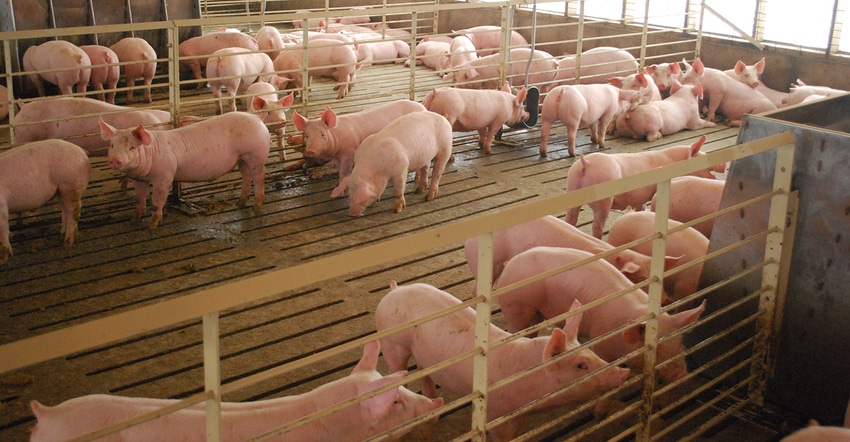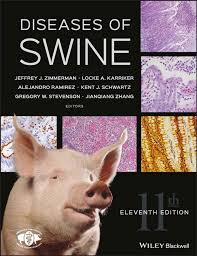Gastric ulcers compound complications of other diseases
There are multiple causes of gastric ulceration, including changes in feed particle size and changes in feeding schedules.
December 17, 2019

Many swine disease problems involve a combination of factors, and gastric ulcers are a prime example. Veterinarians are contacted when mortality rates increase. Producers and veterinarians seek help from diagnostic laboratories to help provide answers.
Recently, two dead finisher pigs were submitted to the South Dakota Animal Disease Research and Diagnostic Laboratory with a history of coughing. There was also an added request to do a complete gastrointestinal examination.
The first pig had a gastric ulcer, bloody stomach contents and dark feces in the colon. The second pig had mild pneumonia, a gastric ulcer and dark feces. The carcasses were pale, but otherwise were in good body condition. The veterinary pathologist ordered appropriate tests to answer the questions of the veterinary practitioner.
The pneumonia problem was found to be a combination of Mycoplasma hyopneumoniae and Pasteurella multocida infections. The gastrointestinal examination included bacterial cultures and histopathology of the small intestine, colon and liver. Significant bacterial pathogens were not identified, and typical intestinal lesions of ileitis were not observed. The final findings were bacterial pneumonia and gastric ulceration. The cause of death was blood loss from the gastric ulcers.
There are multiple causes of gastric ulceration, including changes in feed particle size and changes in feeding schedules. Finer feed particle size may lead to increased incidence of gastric ulcers. Respiratory disease outbreaks may also be accompanied by increased numbers of gastric ulcers. Respiratory disease often results in inappetence, which affects feed intake.
How was the information from the laboratory used to help the producer? The swine veterinarian also found a new strain of porcine reproductive and respiratory virus circulating on the farm. Gastric ulcers have returned to normal levels with controlled exposure to the new PRRS strain and a Mycoplasma elimination program. Contact your veterinarian when mortality or illness problems are encountered.
Learn more about gastric ulcers in the most recent edition of Diseases of Swine, 11th edition, published 2019 by John Wiley & Sons Inc.
Source: Dale Miskimins, who is solely responsible for the information provided, and wholly owns the information. Informa Business Media and all its subsidiaries are not responsible for any of the content contained in this information asset.
You May Also Like



